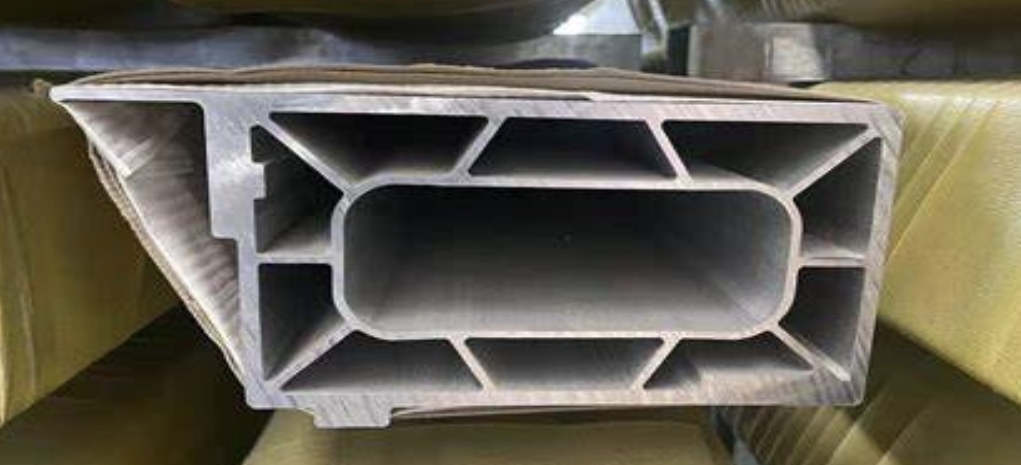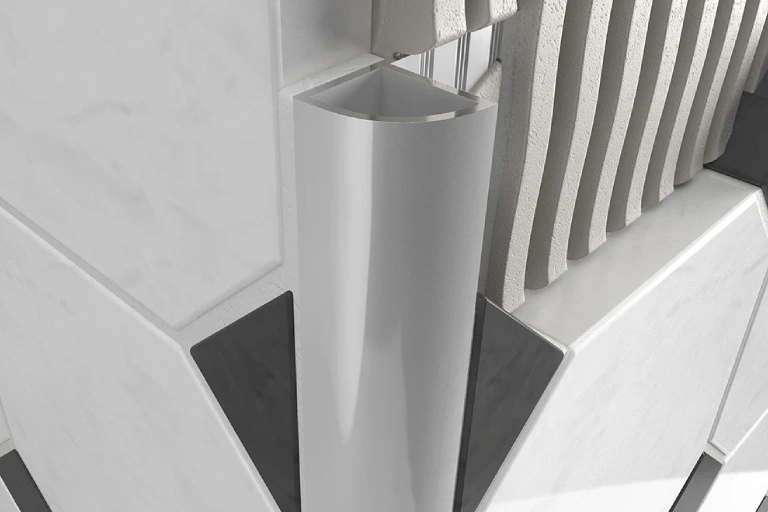Steel vs Aluminum Beams: What are the Key Differences?

Steel beams are heavy and strong. Builders use them when they need to support large weights, like in bridges or tall buildings. Steel does not bend easily and can handle a lot of pressure.
Aluminum beams are much lighter than steel beams. They are easy to carry and install. Aluminum resists rust, so it works well in wet or coastal areas. Builders often choose aluminum when they need to reduce the weight of a structure or speed up construction.
The main difference is strength versus weight. Steel beams are stronger and stiffer. Aluminum beams are lighter and do not rust. Your choice depends on what the project needs – maximum strength or less weight and easier handling.
If you want to avoid heavy lifting, aluminum is your friend. If you need to hold up a skyscraper, steel is the way to go. Both materials have clear jobs, and picking the right one makes building safer and easier.
Steel vs Aluminum Beam Material Properties
Steel beams are made from a material known for its high strength, stiffness, and toughness. Builders select them for projects requiring robust support, such as bridges and tall structures.
Aluminum beams use aluminum alloy. Aluminum is lighter and less strong than steel. However, aluminum resists corrosion and conducts electricity well. Aluminum beams work well in humid, wet, or chemical-heavy places.
Steel beams are strong and stiff. Aluminum beams are light and resist rust. The right choice depends on the project’s needs. If you need to support heavy weight, pick steel. If you need a beam that will not rust, pick aluminum.
Steel vs Aluminum Beam Weight Comparison
Aluminum beams weigh much less than steel beams. Aluminum has about one-third the density of steel. This lower weight makes aluminum beams easy to lift and move.
Builders use aluminum beams when they need to reduce the overall weight of a structure. Aluminum beams are helpful in renovations or in buildings where the structure cannot support extra weight.
Choose aluminum beams for lightness. Choose steel beams for strength. The right beam depends on what your project needs most.

What is the Difference in Corrosion Resistance?
Aluminum beams resist corrosion. They perform well in wet and harsh environments. Builders use aluminum beams for both indoor and outdoor structures. Aluminum beams are common in ships, trucks, and marine equipment.
Steel beams need surface treatment to prevent rust. Steel beams require paint or coatings to protect them from moisture. Without protection, steel beams can rust quickly in damp or coastal areas.
Choose aluminum beams for strong corrosion resistance. Use steel beams if you can add protective coatings and regular maintenance.
What is the Difference in Construction Cost?
Aluminum beams cost more per unit than steel beams. Aluminum beams are lighter, so workers need less time and fewer machines to install them. This lowers labor and equipment costs.
Steel beams cost less to buy but are heavier to move. Construction with steel beams needs more workers and larger lifting equipment. This raises the total cost of installation.
Choose aluminum beams to save on labor and equipment. Choose steel beams to save on material costs. The best option depends on your project budget and needs.

Final Thoughts
Steel beams and aluminum beams differ in strength, weight, corrosion resistance, and cost. Choose steel beams for heavy loads and strong support. Choose aluminum beams for lighter weight and better rust resistance.
Match the beam material to your project needs. Consider the environment and budget before you decide.
Hugh Aluminum makes aluminum H beams, I beams, and frames in China. We have 14 years of experience. Contact us for aluminum products and factory prices.






